Castlevania: Lords of Shadow - The story so far
8 things you need to know before diving into the sequel
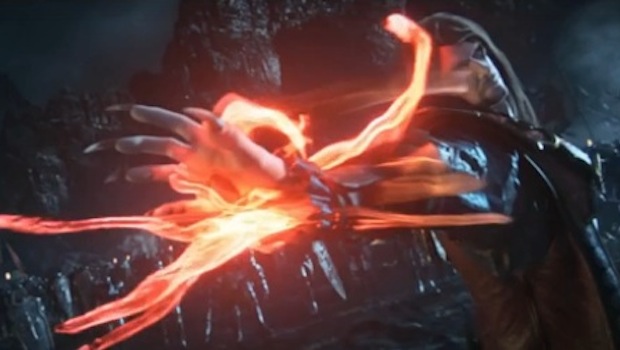
Castlevania: Lords of Shadow - the story so far
Castlevania fans are in their happy place at the moment, with the news that 2010's Lords of Shadow will be getting both a 3DS-exclusive spinoff (here's our Castlevania: Lords of Shadow - Mirror of Fate preview) and a bona-fide cross-platform sequel.
What Konami and developers MercurySteam accomplished with the original Lords of Shadow wasn't just the first well-received 3D Castlevania; the game also establishes an entirely new continuity for the series, with its own storyline distinct from previous titles in the series' lengthy lineage. So what do you need to know about the Lords of Shadow world, before details of the sequel start to emerge?
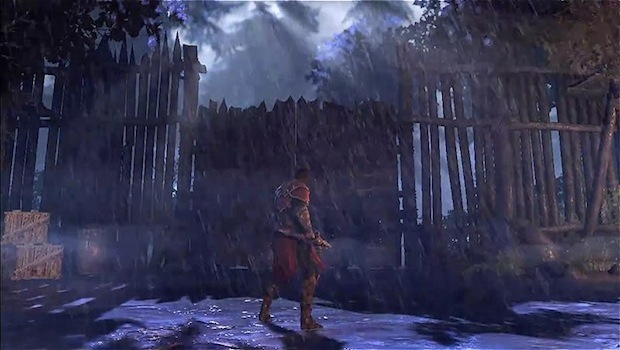
It was a reboot, not a sequel or remake
The original Lords of Shadow goes back to the start of the series, depicting the leadup to Dracula's first appearance and the origin of clan Belmont's centuries-long bias against all things undead. Castlevania boasts one of the longest-running stories in gaming so rather than try to set up 25 years' worth of narrative in one go, the game establishes a whole new continuity which producer David Cox likens to Marvel's Ultimates line of comics.
However, just as in Cox's example, there's plenty of nods to existing continuity. Half the fun is in seeing how Lords of Shadow incorporates beloved series elements. The original game featured Cornell, hero of the N64's Legacy of Darkness, as an early boss, whereas the latest LoS2 trailer teases glimpses of series favorite Alucard.
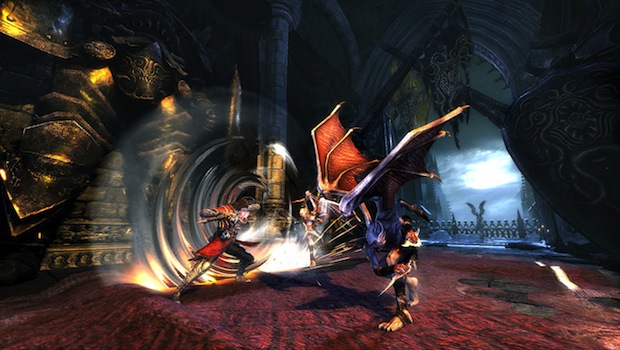
It wasn't just about vampires
When it comes to freaky creatures from myth and folklore, Castlevania's never restricted itself to the fangs-'n'-familiars division. But tradition dictates that all those Medusa Heads, Flea Men and boogedy-boo skeletons have to report to someone and that's usually Dracula, sworn enemy of the Belmont family.
Lords of Shadow, meanwhile, takes place in a pre-Dracula world, with hero Gabriel Belmont serving in the Brotherhood of Light, an army of holy warriors tasked with fighting the forces of darkness. When the titular Lords of Shadow begin reanimating the dead and threatening the alliance between Earth and the Heavens, Gabriel figures living in 1047 AD is toil enough at the best of times. Also because this is a God of War-type game, he's got a dead wife and some cockamamie scheme to bring her back and... long story short, it's supernatural-dickhead-clobberin'-time.
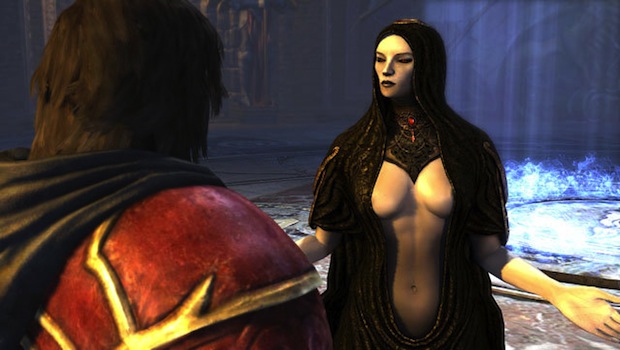
Hideo Kojima is the reason you can play it at all
If you're Konami, you don't just hand one of your signature franchises off to the developers of Craig Barker's Jericho and let them go nuts. In fact, MercurySteam initially intended the game as a darker, less Castlevania-influenced adventure, which Konami struggled to appreciate until company superstar Hideo Kojima took an interest, pledging his support for the early demo and offering to join the project in an advisory role.
Cynics and anyone who suffered through the expository excesses of later Metal Gear Solid titles might be tempted to blame Kojima for Lords of Shadow's wealth of cutscenes, the longest of which rewards players for completing the title by taking away 14 minutes of their lives. But MercurySteam says HK's input pertained much more to technical detail and finer points of characterization. Such as...
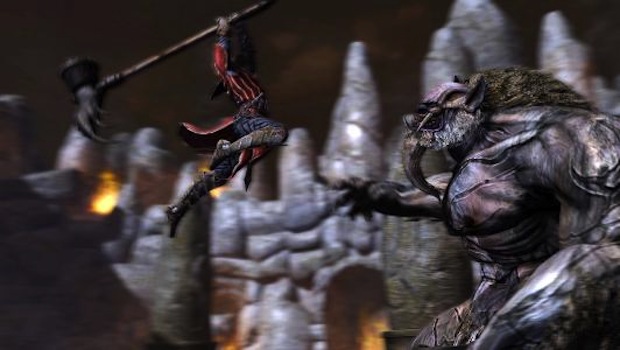
It was almost 300 with werewolves
Before Kojima joined the project, MercurySteam envisaged Gabriel Belmont as a generic barbarian-type hero played by lout laureate Gerard Butler. After all, when you're talking about muscular, shorts-wearing dudes whose idea of a good time is harassing foreigners and smashing bottles all over the place, it makes sense that they should descend from a line of meatheaded, medieval frat-boys, right? Madness?! This! Is! Transylvania!!!
However, when the 300 actor became unavailable, recasting was necessary. With Kojima stressing that the character needed much more work particularly with some of the Metal Gear-esque character twists that would follow the team redesigned Gabriel as a more nuanced, brooding Gothic hero, with the newfound vocal talent to match. Who'd they pick, then?
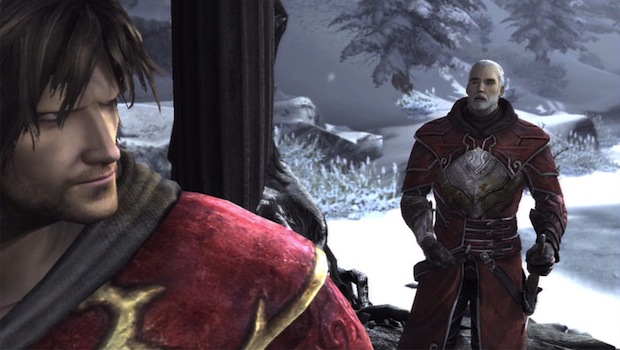
It had a hell of a cast
Robert Carlyle, brought on to voice the newly-sensitive Gabriel Belmont, isn't a household name on this side of the Atlantic but the actor certainly brings the right experience to the role, having done charismatic and morally questionable in films such as Trainspotting, The World is Not Enough and 28 Weeks Later. He also played a vampire in 1999's Ravenous, which is a bit of a spoiler in more ways than one.
Besides Carlyle, the game also featured the videogame debut of Californication's Natascha McElhone, seasoned wise-old-man-voice Patrick Steward providing the voice of the game's wise old man, and an inspired turn by Harry Potter's Jason Isaacs as Satan. It's not known which of these will reprise their roles for the sequel, though the story so far certainly hints that Gabriel won't be the only returning character.
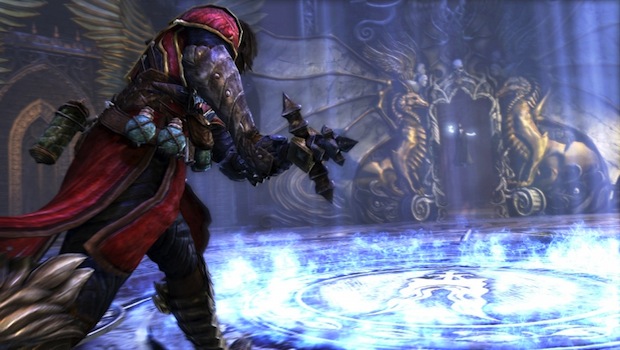
It didn't play like Castlevania (unless you're old)
Mention Castlevania to many players and they'll descend into reveries about huge maps, frustrating inaccessible areas and the thrill of finding out just how large Symphony of the Night really was. They don't call it the Metroidvania genre for nothing, after all. 1988's Castlevania II had flirted with this nonlinear, RPG-style design, but it was PS1 classic Symphony of the Night which really set the tone for all that followed.
When designing Lords of Shadow, MercurySteam faced the challenge of translating this style of play into a 3D adventure and the spectre of titles like Castlevania 64 and Lament of Innocence, which had tried and failed at that very task. Instead, the studio chose to replicate the action focus of the first and third titles in the series' NES era, juiced up with controls and gameplay mechanics informed by contemporary third-person action titles.
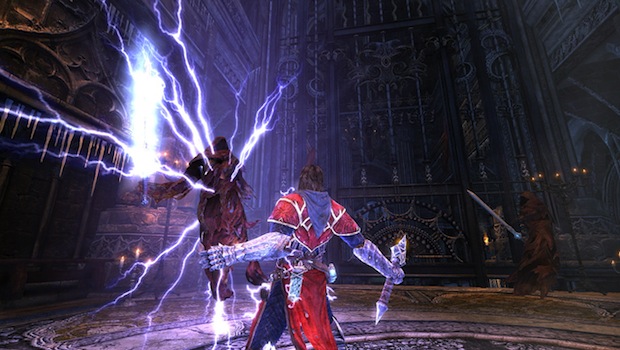
It was all about balance
Castlevania: Lords of Shadow pits light against darkness in a clear-cut story of good versus evil, but the title's objectives are a bit more complex than just kill the bad ones to save the good ones. The game's story concerns two ancient relics, the God Mask and Devil Mask, through which humans can do the work of good or evil. If you have ever played a videogame before, you may have some idea where this is going.
For players, the practical implications of the game's light/dark dichotomy mean that Gabriel can equip both black and white magic; the game's combat involves learning to alternate offensive black-magic spells with healing white magic, as well as ensuring enemies are dropping enough Orbs to keep both schools in balance. Not that it'll ultimately make much difference, because...
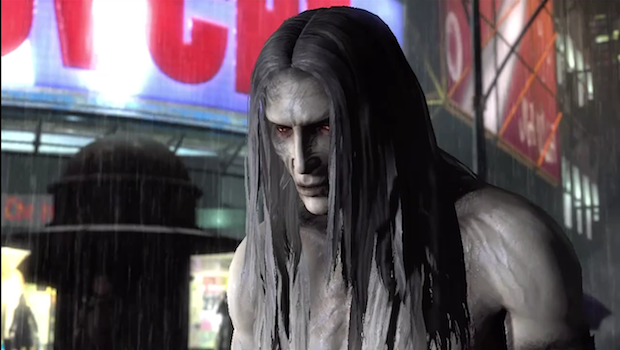
You were playing as Dracula ALL ALONG
One of Lords of Shadow's most celebrated moments doesn't come until the end of the game, when the game's big Dracula-shaped void is filled by none other than (are you sitting down?) Gabriel Belmont himself. After sending countless beasts to their unholy maker then defeating the Lord of Lies himself as well, just for good measure Gabriel's rewarded with knowledge of life after death, provided with concrete assurance that there is a Heaven where his beloved dwells for evermore.
And if you stayed through the end credits and played both expansions, you'll know that grumpy old Gabriel doesn't think much of this deal, because he responds by drinking the blood of an ancient demon and becoming Dracula, the series' evil incarnate. But when Lords of Shadow reaches its final final fadeout, the cursed count has just learned, via Steward's turncoat mentor-figure, of one last shot at redemption...
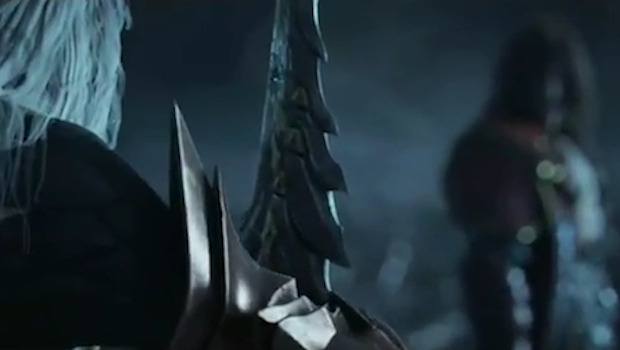
Bring on Lords of Shadow 2
So that's Castlevania: Lords of Shadow, albeit with notably less slashing and yelling than if you'd just played the game for yourself. Is this alternate Castlevania timeline one you're looking forward to revisiting? What were your favorite moments from the original, and what are you looking forward to in the sequel?


